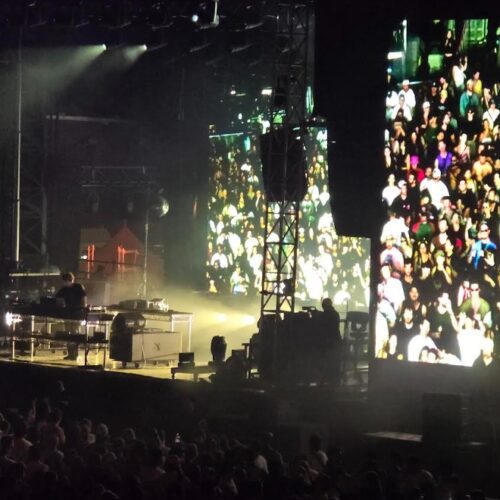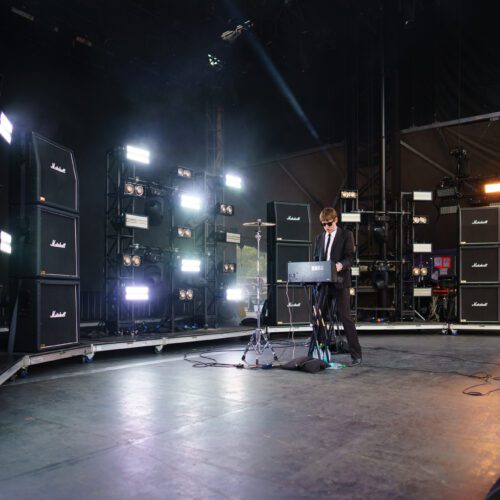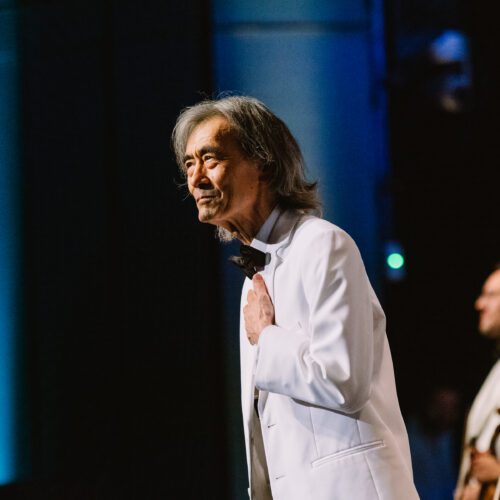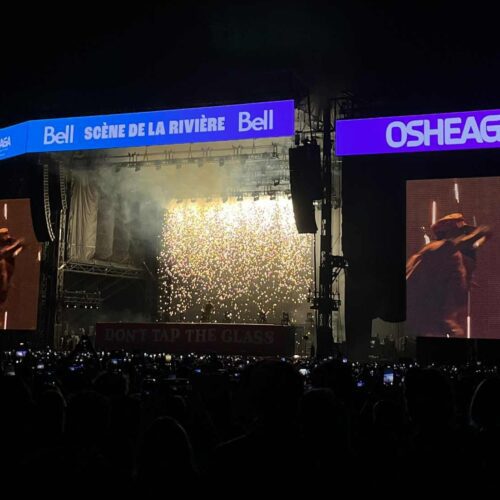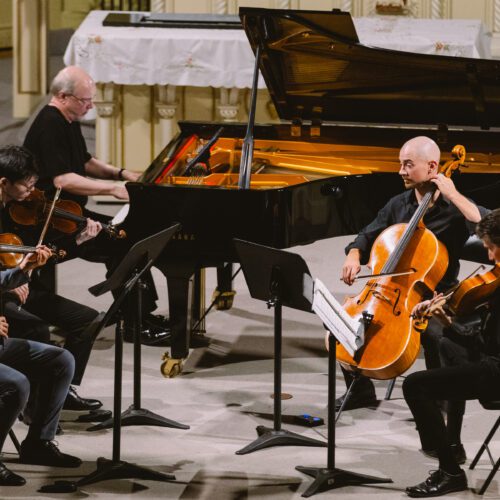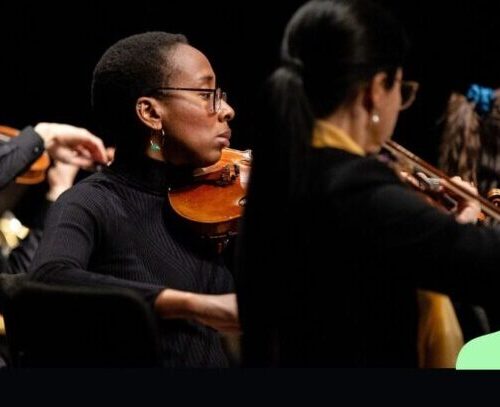At the beginning of the twentieth century, it was common for some composers to reduce the instrumentation of their works for large orchestra, to simplify the logistics of things. As a result, originally large-scale works could be heard in private salons or clubs by music lovers of all kinds. The three members of the Vienna School (A. Schoenberg, A. Berg and A. Webern) used this procedure and arranged many orchestral pieces composed by their colleagues, their predecessors, or even their own works.
Written during this period, Gustav Mahler’s Adagio from the 10th Symphony (1910), Arnold Schoenberg’s Chamber Symphony Op. 9 (1906) and Richard Strauss’s The Knight with a Rose (1911) are three masterpieces from the standard repertoire. The three composers are, however, at different stages in their respective lives: Mahler is at the brink of death, Schoenberg at the beginning of his career, and Strauss at the peak of his art.
The Alban Berg Ensemble Wien offers us here clear, well-chiselled and stylistically sophisticated interpretations. The inherent loss of orchestral power finds compensation in the agility, virtuosity, and reactive speed of the Vienna ensemble. Special mention must be made of the composer Martyn Harry, who arranged the Mahler and Strauss, respectful of the original versions while demonstrating an abundance of originality.



